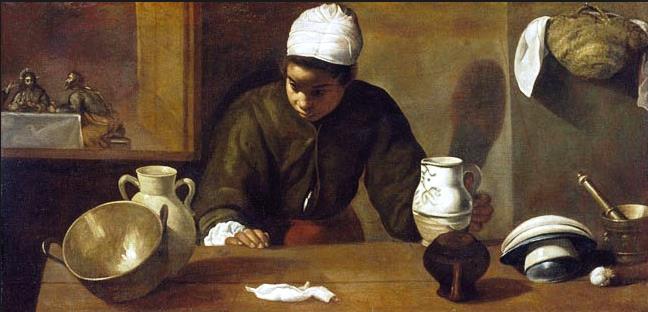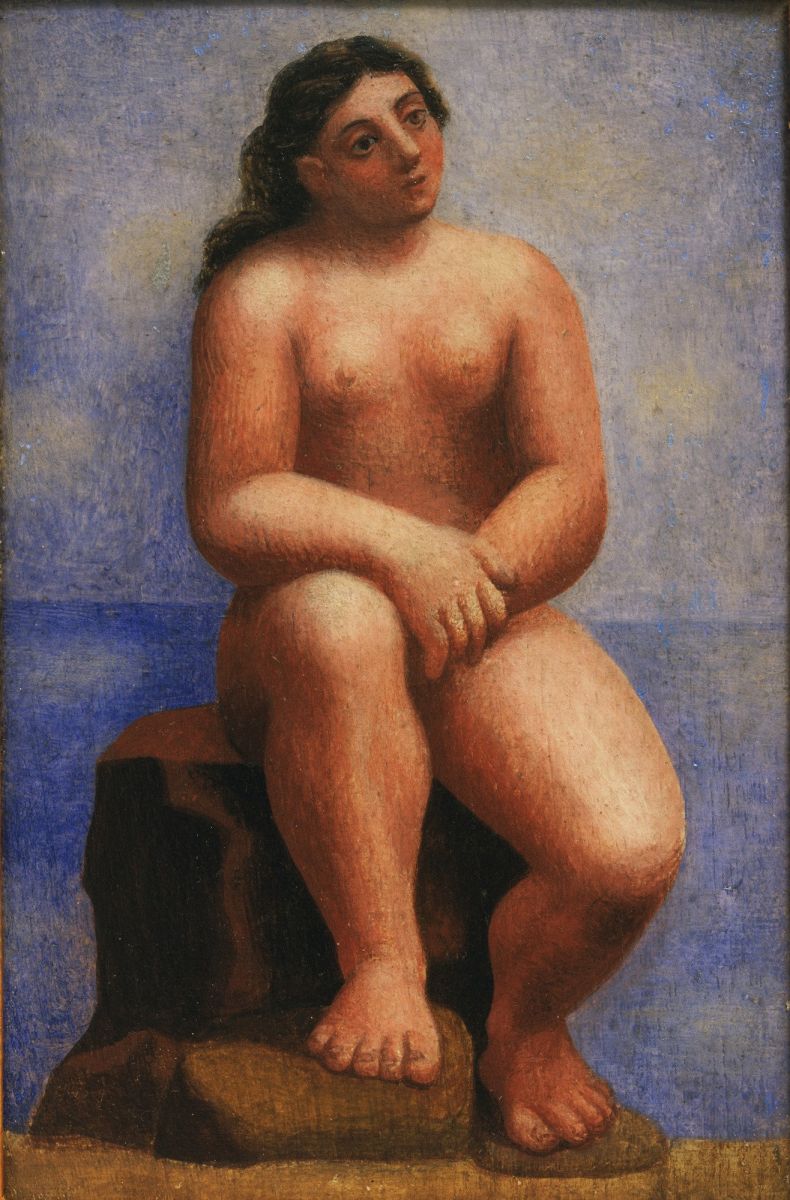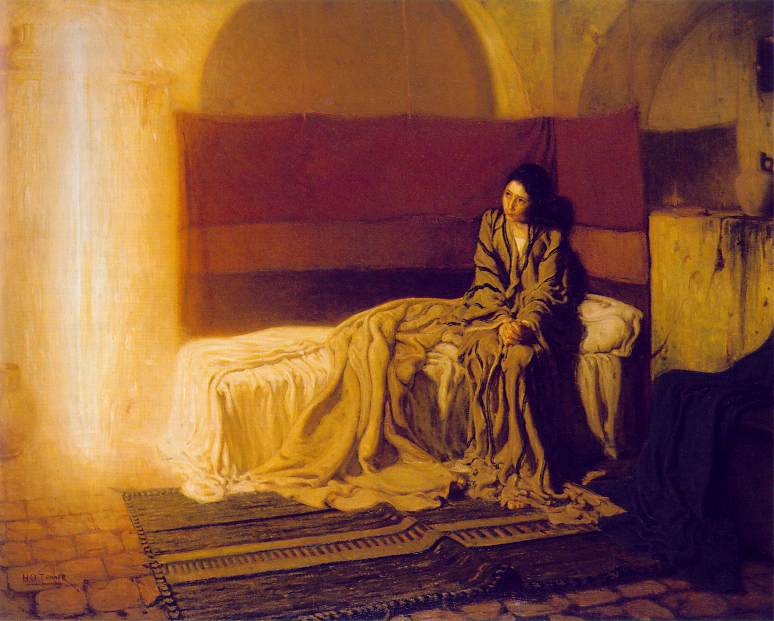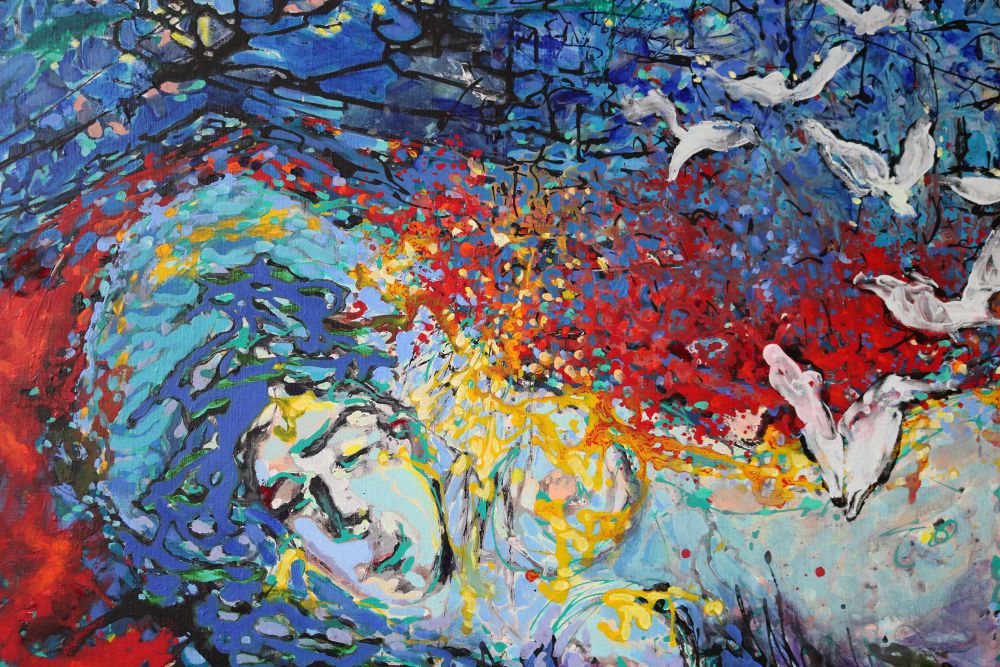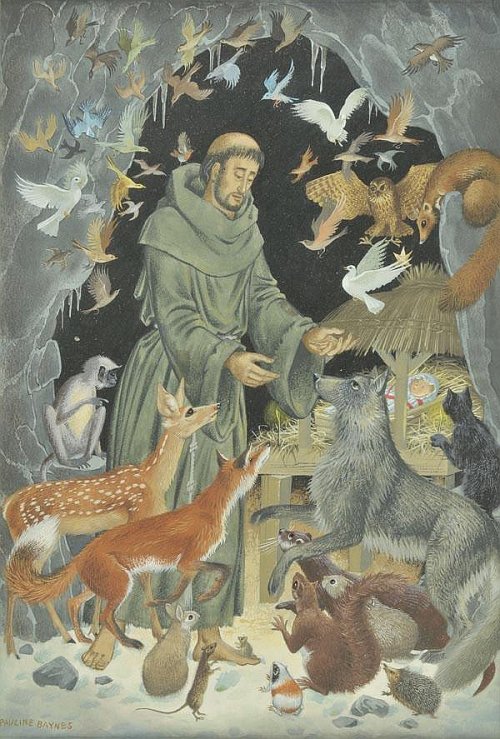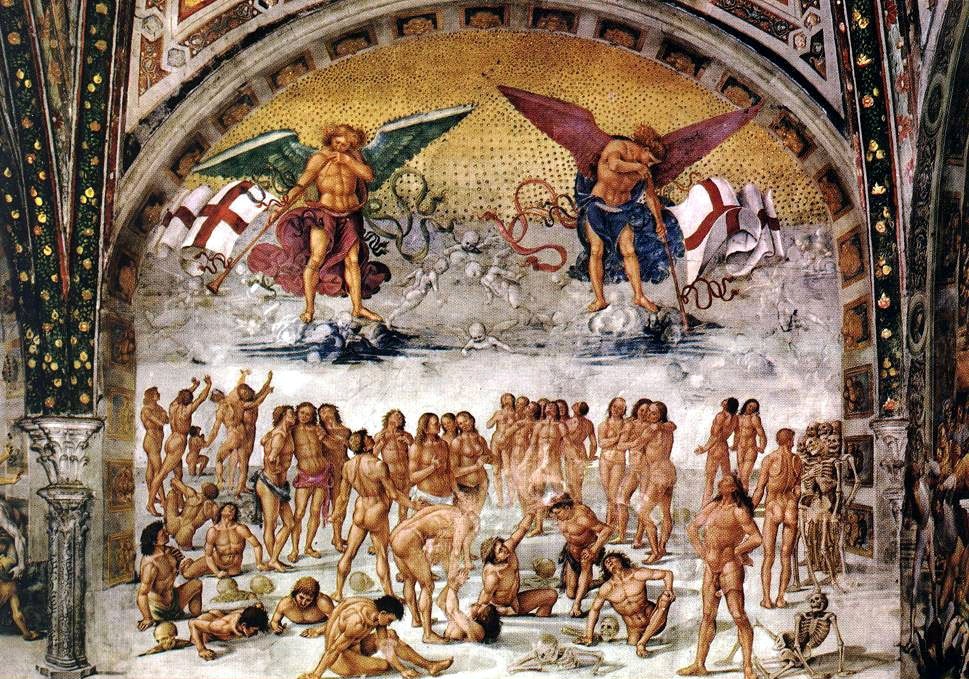
I stand neck arched
to watch Ezekiel's skulls and cages
come alive.
I've seen such corpses,
like black basalt,
preserved in leaden coffins.
They would turn to ash if you
lifted the glass. Their toothy smile
is the horror
of non-feeling
the pelvis, an orchid,
a bloom of death.
In this lush tableau of velvety flesh,
the Resurrected pulled fresh
from the earth,
look blankly skyward,
like us, still waiting,
emblems of spring in the margins.
Light spent, I drink my fill
and walk out into evening,
in a city the texture of dream.
I wander the medieval streets
back to my room
and find a fallen nest.
Vine and moss and human hair
are all intertwined,
imbricated feathery weave
barely cohering. I pick it up.
Dante in the Purgatorio called this
the hour that turneth back desire
In those that sail the sea.
The swallows sail the bruised air,
the fresco bone
finds bone—
if I turn to you,
if you speak gently—
Look, the heart, as these birds, moves
in its frail coracle, drunk
on jasmine and light,
bend toward my silence,
my brittle bones,
lift, beloved, breathe.
******
Christine Perrin holds a B.A. in Writing Seminars from JohnsHopkinsUniversity and an M.F.A. (Master of Fine Arts) from the University of Maryland, where she concentrated in poetry. Christine has taught literature and poetry at JohnsHopkinsUniversity and MessiahCollege, as well as the Gordon in Orvieto program. She has also taught poetry at various K-12 schools, teaching at every level and consults with schools on literature curricula. Christine has published many poems in publications such as Image Magazine, The Sewanee Review, TriQuarterly, Christianity and Literature, The New England Review and many others. She has twice received fellowships from the Pennsylvania Council for the Arts and from Bread Loaf Writer’s Conference.
Luca Signorelli: Resurrection of the Flesh, 1499-1502, fresco, chapel of S. Brizio, Cathedral of Orvieto, Italy.
Luca Signorelli (c. 1445 – 1523) was an Italian Renaissance painter who was noted in particular for his ability as a draughtsman and his use of foreshortening. His massive frescoes of the Last Judgment (1499–1503) in Orvieto Cathedral are considered his masterpiece.
%20(1).png)





.jpg)
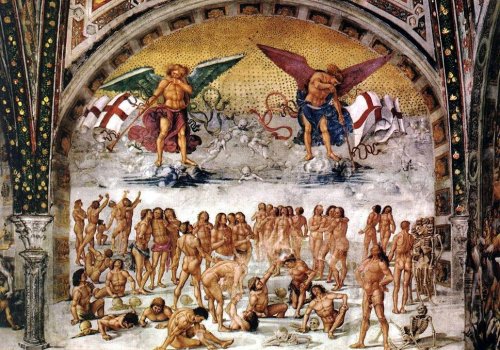
.jpg)

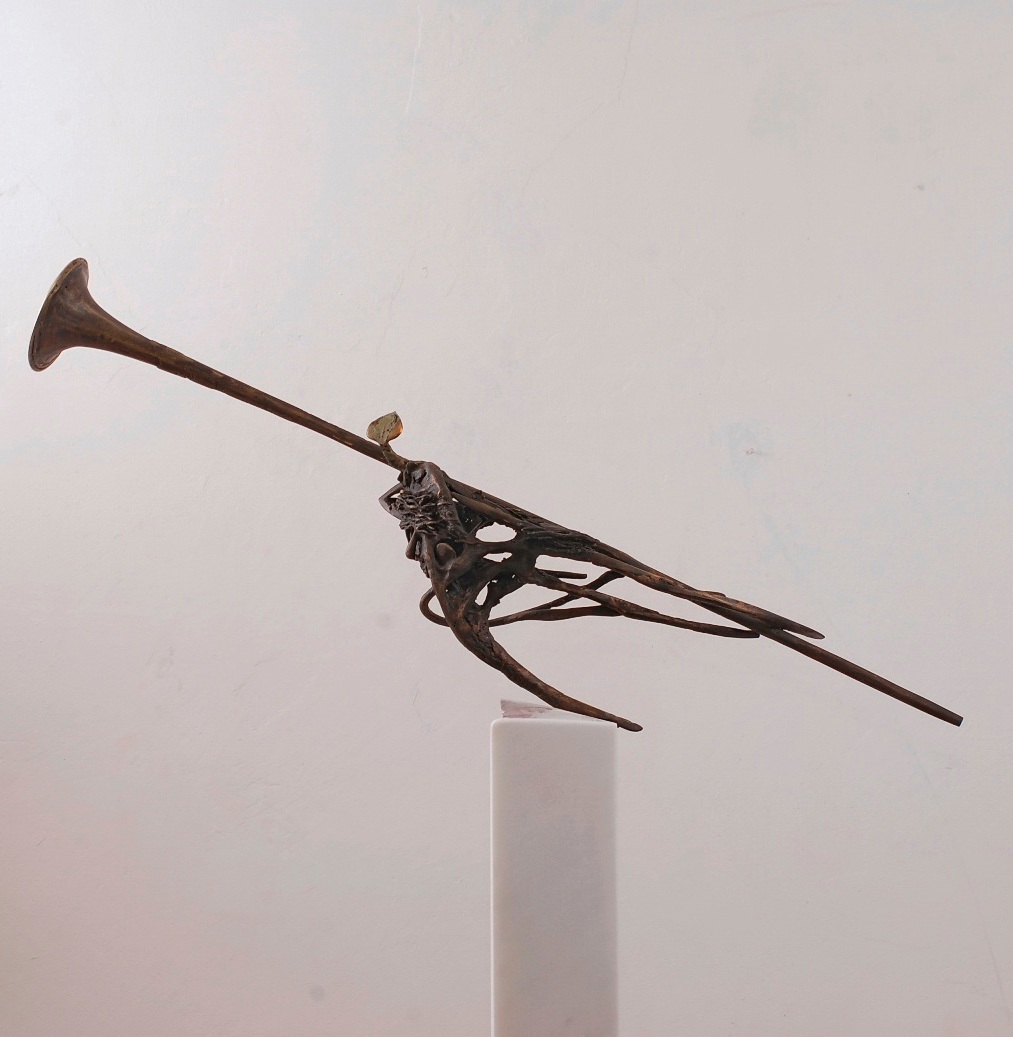
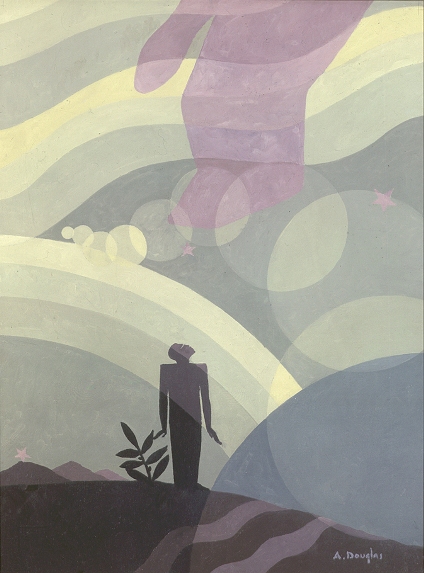
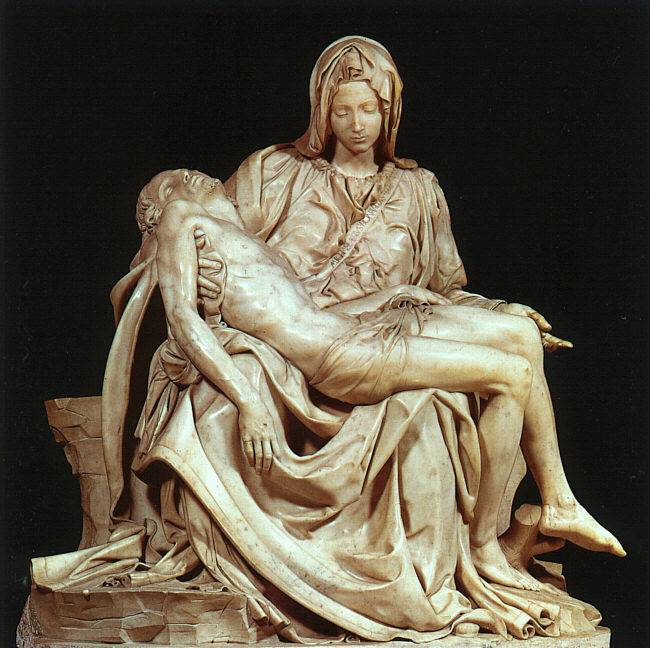
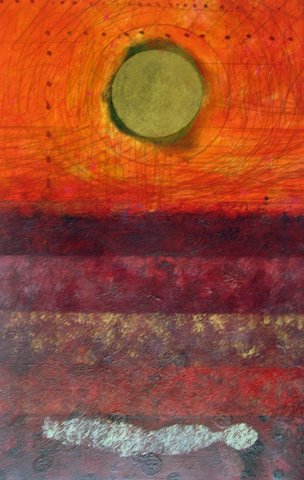
.jpg)
